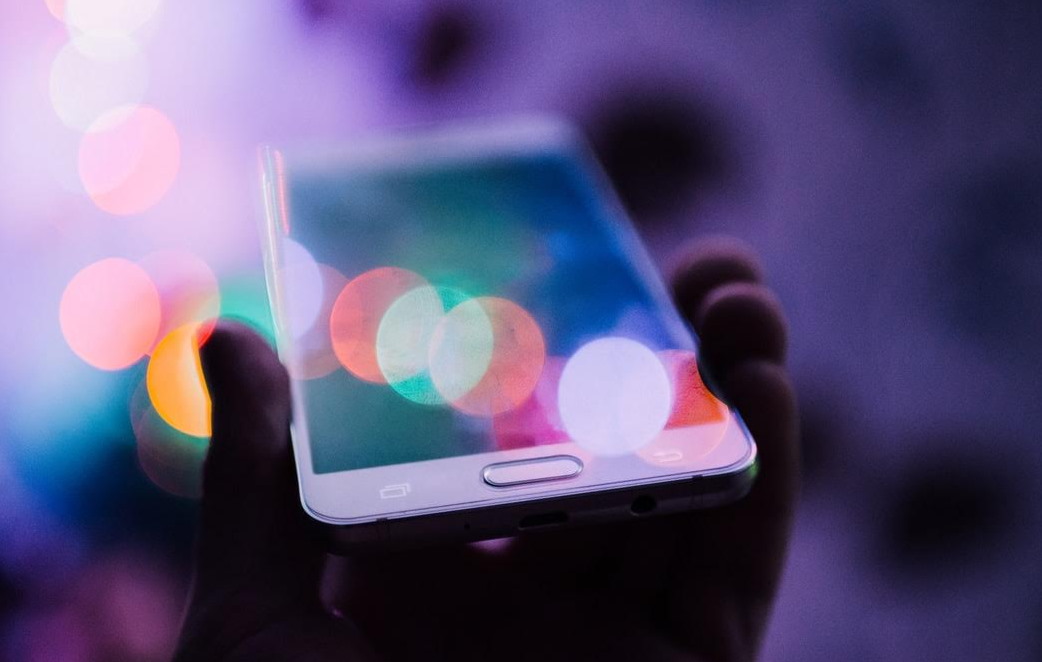How to Choose the Best Screen Protector for Your Mobile Phone

The screens of today’s mobile phones are of such high quality that the question of the justification of additional protection arises. Statistics say that in the United States alone, 50 million mobile phones are demolished or damaged every year. That is 5,700 broken or damaged phones every hour, or two every second. Most of them are damaged and broken screens/LED displays.
These impressive figures clearly show that the new, much better quality screens are also very prone to breakage. True, it is not all about the glass – it is also about the user, i.e. in the way he uses his mobile phone. Careless handling of phones certainly has a large share in such a large number of accidents. But wait! Didn’t that initiate the development of better and more resistant screens? And, here we are again at the beginning.
The manufacturer’s specifications should not be blindly believed. One of the key motifs for buying a new phone is the unusability of the old one, and that is impossible to achieve with indestructible materials and non-perishable goods. It is, therefore, unrealistic to expect the indestructible displays to ever enter mass use. If that happens, such goods will be available only to a few.
How Do Screen Protectors Actually Protect the Screen?
Today, mobile phone screens are covered with special multi-layered tempered glass and are very durable and resistant to scratches and minor damage. They are strong enough to withstand the abrasive properties of hard objects, such as keys, zippers, wooden tables, and other materials that every phone faces during its working life. However, small particles, such as sand, and other materials that are harder than glass, will leave scratches that will, sooner or later, become visible.
Speaking of unbreakable characteristics, it is clear that even the highest quality screens are not unbreakable, as the above-mentioned statistics speak for themselves. Under certain circumstances and with a lot of luck, the glass on the screens will withstand various temptations. But there is no guarantee that it will not break when it hits a hard surface.
Screen protectors, to a greater or lesser extent, have the same or similar properties. They are strong, resistant, durable... And their disadvantages are similar, too, and yet they represent valuable protection for expensive phone screens. The screen protector will take on all the risks of minor damage, will absorb all shocks, and, in the worst case, will break instead of the screen. Eventually, a scratched or broken screen protector can be removed and replaced with a new one, and the phone screen will remain intact.
A Quick Guide to Buying Protective Glass for Your Phone
For now, it all seems very simple - you buy a screen protector, install/apply it, and you don’t need to worry anymore. Is that so? Because, screen protectors come in many variations, models, types... Not to mention the prices. We will make your job easier with a short guide to buying a screen protector for your phone so that you can uninterruptedly use it to surf on social networks, shop online, gamble at trusted casinos, which you can find by the link.
1. Tempered glass instead of plastic
There are plastic (PVC) screen protectors and tempered glass screen protectors. It may seem difficult to distinguish them, but when you touch them, you will know what they are made of. Glass is more resistant and durable than plastic.
2. Full-glue glass against bumps
Full-glue screen protectors glue to the screen with their entire surface, leaving very little room for air bubbles to appear. Full-glue screen protectors provide excellent protection against shocks caused when the phone falls.
3. Full-cover glass protects the entire screen
A full-cover screen protector covers the entire screen of the phone, from edge to edge, so it is difficult to say whether there is protective glass on the screen or not. It perfectly protects the glass, not only from damage but also from dust and grease that are otherwise caught around the edges that are not covered.
4. 3D, 5D, 7D... glass for a better pleasure
Look for safety glasses that have a capital D in the name - for example, 2.5D, 3D, 5D, 7D, 10D. Glasses with this mark have rounded, smooth edges and are often slightly curved so that they follow the shape of the screen. They look so good that there seems to be no screen protector on the display.
Don’t forget – it is better to be safe than sorry!



